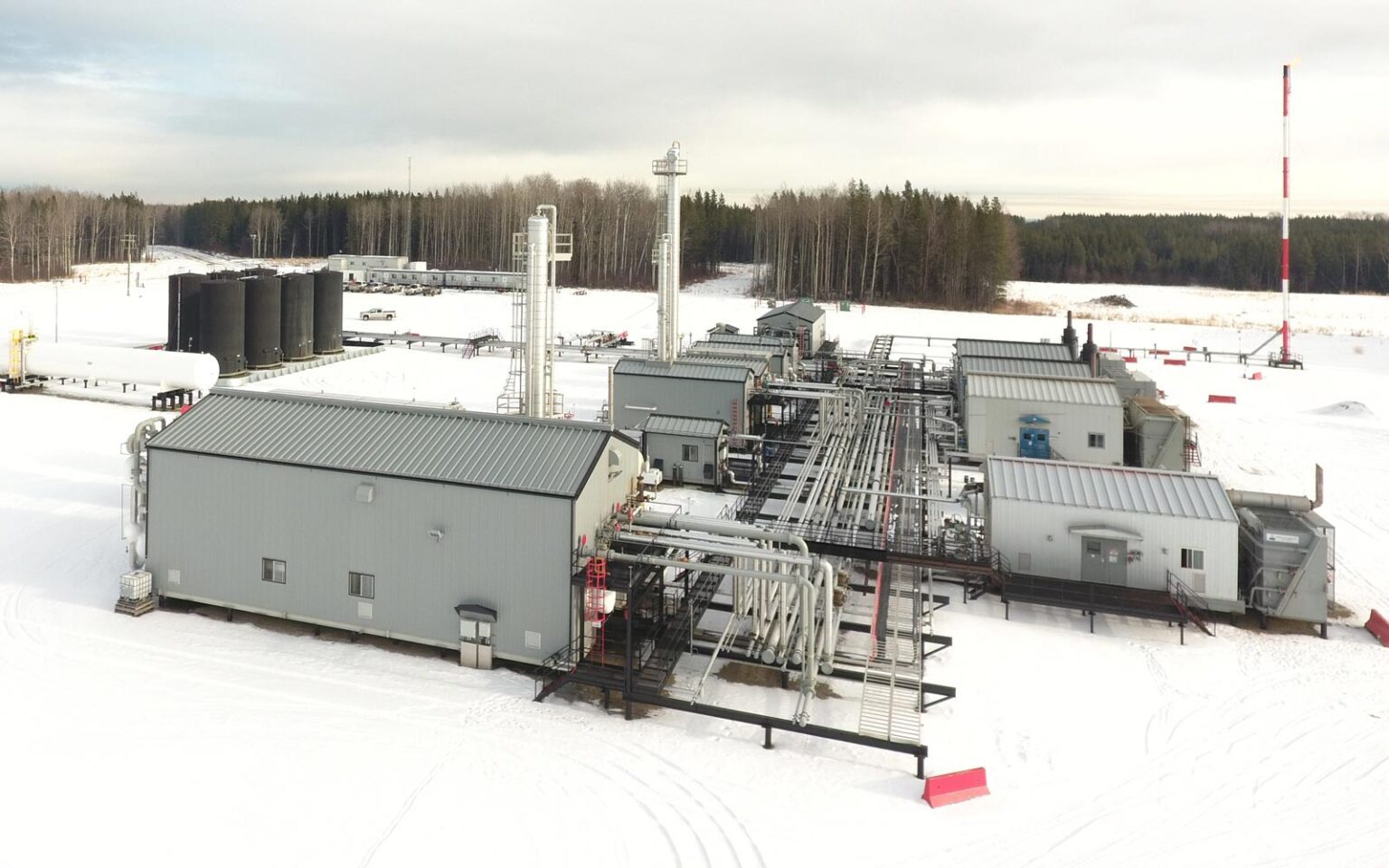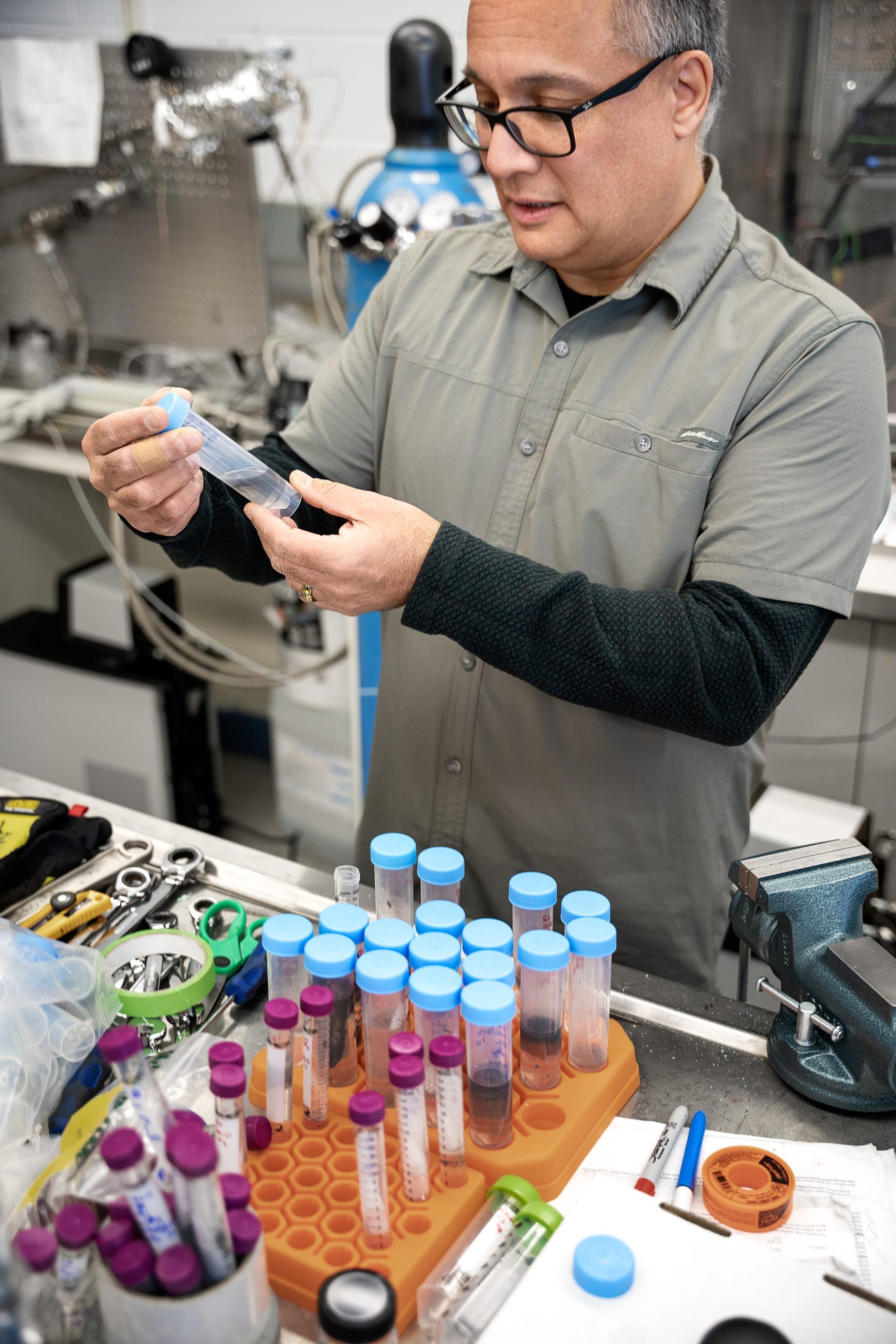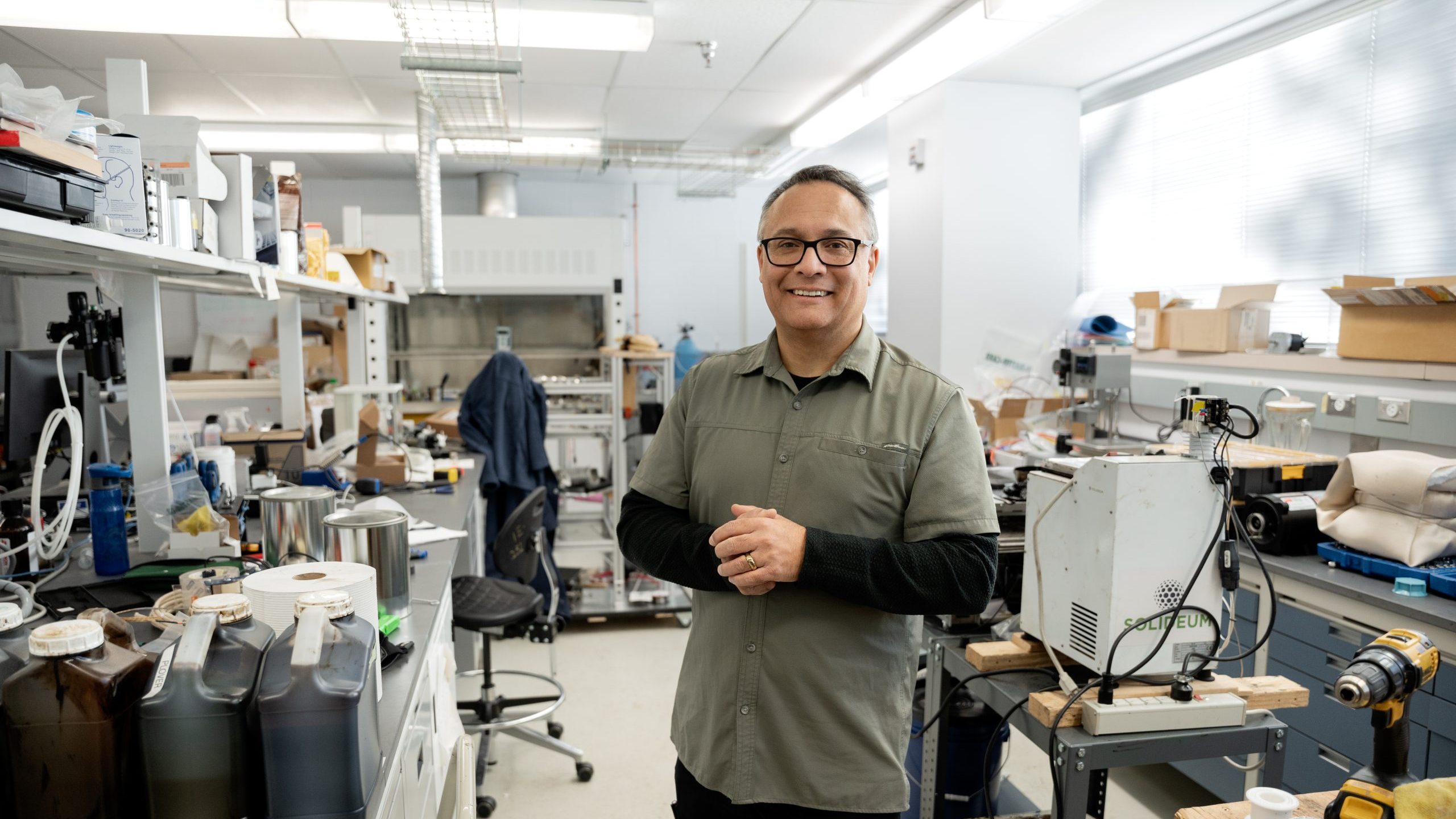In a lab surrounded by modified kitchen appliances along with conventional equipment, Ian Gates leads a team at the University of Calgary helping energy companies commercialize new technologies to reduce emissions – for free.
Noted for innovations like transportable solid bitumen and carbonless flaring, many of Gates’ projects start in his garage or in the university lab using modified home gadgets.
“Instead of buying all this expensive lab equipment, we [found] we could modify microwave ovens – take them apart, modify them…even though we burned them out after a few weeks of use, it was much cheaper than buying the lab equipment,” said Gates, a professor in the Schulich School of Engineering who is also the university’s associate vice-president, research and innovation.
“That waffle maker? It has temperature limiters of about 170 degrees [centigrade}. Rip those out – we blasted that to 450.”
The entrepreneurial spirit of Gates’ lab led to a partnership with the Natural Gas Innovation Fund (NGIF) and Tourmaline Oil to create the NGIF Emissions Testing Centre (ETC).
The ETC provides third-party testing and validation of methane reduction technologies, first through simulations in Gates’ lab and then in the field at a Tourmaline gas processing plant in central Alberta.

Since its launch in 2021, the ETC has received approximately $11 million in funding from Natural Resources Canada, Western Economic Diversification Canada and Alberta Innovates to build and operationalize the ETC.
Alberta Environment and Protected Areas recently announced a $15 million dollar commitment over five years to support the program’s ongoing operations.
The ETC is part of the innovation ecosystem that helped Alberta’s oil and gas industry exceed the province’s methane emissions reduction target.
Producers beat the target – to reduce methane emissions by 45 per cent compared to 2014 levels by 2025 – three years early in 2022, then exceeded it in 2023 with a 52 per cent reduction.
So far, more than 70 participants have taken part in the ETC program and there is a growing waitlist.
“It’s really about taking all of our inventive skills that we have to support these companies because we want them to commercialize those technologies,” Gates said.
“We want to see them succeed. How do we get there? Well, we need better technology.”

Through the ETC, technologies can be tested in the lab and in the field under controlled conditions. Failures can be used to support improvements.
“Companies that are looking to validate their cleantech can come to a real-life operating centre and test their technology there,” explained Scott Volk, Tourmaline’s director of emissions and innovation.
“They have us to help validate the claims as to whether it did or didn’t work, and they can use that to build a new prototype that does what they hope it will do. The U of C can be an external validator.”
The program’s success has attracted attention outside of Alberta, Gates said.
“We’ve got U.S. companies now,” he said, calling it a recognition of Alberta as a leader in the development of this type of technology.
“The reputation of the ETC is growing. It’s this integration of lab testing, field testing and a bigger vision on things. It’s such a wonderful mix.”
Participating in the program also gives PhD and postdoctoral students an unusual insight into how industry works, explained Gates.
“They get hands-on [experience with industry]. There is no other research project where they get that.”
The unaltered reproduction of this content is free of charge with attribution to the Canadian Energy Centre.
